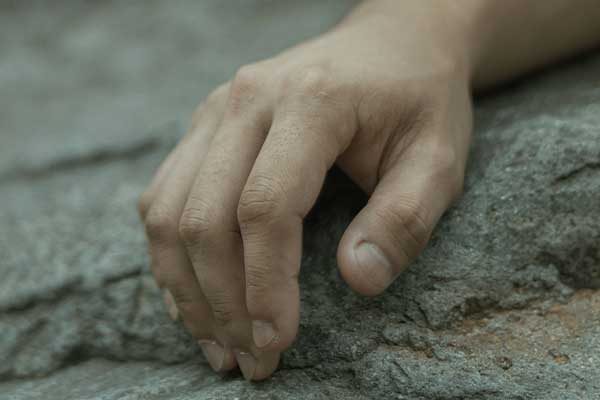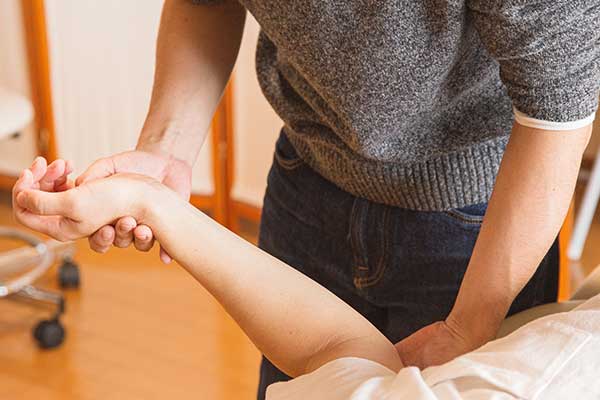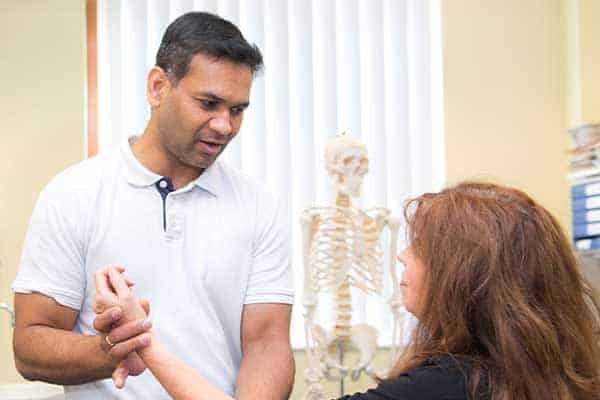Dupuytren’s contracture is a condition that causes one or more fingers to bend in towards your palm and stops you from straightening them.
It mainly affects your ring and little fingers and sometimes your thumb. You can have it in one hand or in both hands at the same time.
What causes Dupuytren’s contracture?
Dupuytren’s contracture develops due to a thickening in the soft tissue in the palm of your hand. This usually starts in one small area, with a ‘nodule’ forming under the skin. Over time, more nodules may develop and form cords of tissue that contract your finger or thumb towards the palm.
Although the nodules may initially feel tender, the contractures are often mild and painless. However, they can get worse over time.
The condition is relatively common, especially among males in later life. It is thought to be genetic, because it can run in families. It is also possibly triggered by having diabetes or epilepsy, as well as by smoking or excessive alcohol consumption.
What are the symptoms of Dupuytren’s contracture?
In the early stages:
- You develop a lump, dimple or ridge on the palm of your hand.
- This can be tender to the touch, although the tenderness may go away.
As it progresses:
- More of these lumps, dimples or ridges may develop.
- Your finger/thumb starts to bend in towards your palm.
- Eventually, your fingers/thumb may get stuck in a bent position.
How is Dupuytren’s contracture diagnosed?
If your fingers are bent and you cannot lay your hand down flat, you should make an appointment to see your GP. They will make a diagnosis, recommend treatment or refer you to a specialist.
What are the treatment options for Dupuytren’s contracture?
Treatment is not usually needed in mild cases, but it may be beneficial if the condition is stopping you from using your hand normally.
You could try to prevent your fingers/thumb from progressing into a fixed position. Try stretching them regularly and putting them flat against a surface.
In moderate or severe cases, you may be offered surgical intervention. There are two types of surgical procedure:
- A needle fasciotomy is where a needle is inserted into several places along your palm and finger to loosen and straighten it, under local anaesthetic.
- Fasciectomy involves making a cut along your palm and finger, so that the surgeon can straighten it. This is either done under general anaesthetic or local anaesthetic.
After either of these procedures, you are likely to experience pain, stiffness, bruising and swelling for a few weeks. You may need to wear a cast or support on your hand for a few days and a splint when sleeping for several months. You will also need to perform hand exercises and physiotherapy may be recommended.
What is the prognosis (outlook) for Dupuytren’s contracture?
Dupuytren’s contracture has no cure and although treatment can restore normal function, the symptoms of the condition may come back within a few years.
There is less risk of this happening after a fasciectomy than after a needle fasciotomy.
It is also possible that your finger/thumb may not be completely straight after treatment, or as strong and flexible as it used to be.”

Pocket Physio | Download now
Search for ‘Pocket Physio’ on the Apple App Store for iOS and the Google Play Store for Android to download for free.




